Often called the "Silent Injury", the victims struggle as others around them don't understand, or accuse them of using the injury as an excuse for poor behaviour. Often, they are ignored and isolated by family members, friends, co-workers, peers----as they struggle to live with their "New Normal". It's heartbreaking to accept the truth and feel that I have to constantly defend the actions and illnesses which are often thought to be "false". These injuries and symptoms are not being faked. Welcome to our REALITY.
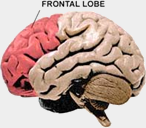
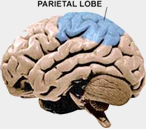
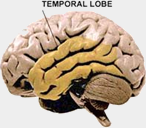
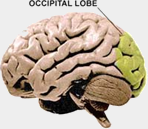
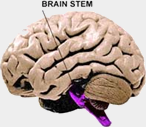
No comments:
Post a Comment